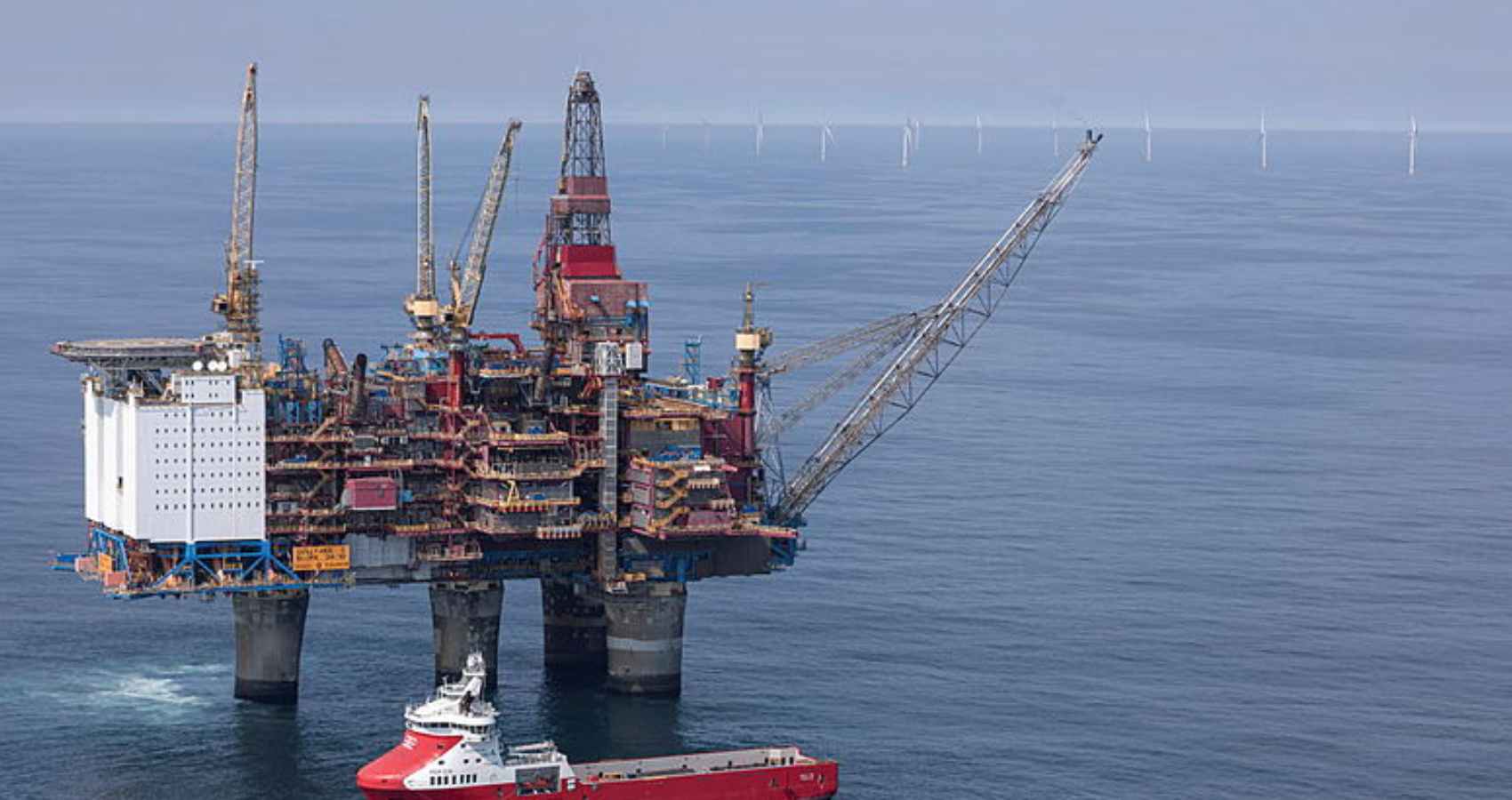

Despite increasing environmental awareness and the adoption of global measures to reduce greenhouse gas emissions, the transition from fossil fuels takes time. Oil and gas, beyond being essential for electricity and heat production, are indispensable in various industrial sectors. Currently, fossil fuels account for approximately 80% of global primary energy consumption, with nearly a third of production taking place offshore. However, greenhouse gas emissions stem not only from the final use of these fuels but also from extraction and production processes. In countries such as Norway and Canada, greenhouse gas emissions from oil and gas production account for about a quarter of national emissions.
From gas turbines to floating wind: the evolution of offshore energy
Most of these emissions result from the fact that the electricity needed for offshore extraction processes is generated on-site using single-stage gas turbines, which are both inefficient and highly polluting. Reducing the environmental impact of these activities is therefore not just necessary but urgent.
Significant progress has been made in this direction, for example, by deploying floating wind farms near offshore platforms to supply them with “green” energy, thereby reducing their reliance on traditional gas turbines. The first facility of this kind, Hywind Tampen, became operational in the summer of 2023 in Norway.
While wind energy and other renewable sources in the marine environment are valuable allies in decarbonizing the sector, they also introduce new technical challenges. Green energy sources are highly intermittent, whereas the industrial facilities they power require a continuous and stable electricity supply of sufficient quality to ensure the efficient operation of processes. The ability to precisely and instantaneously match power generation with load demand is a fundamental property that ensures grid stability. If this balance is not maintained within narrow tolerances, undesired load disconnections may occur, leading to production interruptions and economic losses—or, in more extreme cases, partial or total blackouts.
Energy storage: the key to a sustainable offshore future
Maintaining this delicate balance is even more challenging in geographically “small” grids like offshore platforms, which are less resilient to parameter variations. To address this issue and provide local power grids with services that enhance their stability, continuity, and efficiency, energy storage systems present a promising solution.
The research conducted by Elisabetta Tedeschi and her team of PhD candidates and researchers at the Department of Industrial Engineering (DII) and the Norwegian University of Science and Technology (NTNU) focuses precisely on this challenge. Their work aims to develop systematic approaches for identifying and implementing energy storage systems capable of delivering multiple services to offshore grids. Offshore applications impose stringent constraints in terms of safety, as well as space and weight limitations for new equipment. Selecting the appropriate technology and size for an energy storage system requires multi-objective analyses, for which the team has sought to develop a structured approach.
Given the high installation costs, the team has investigated the ability of specific energy storage systems to provide not just one but multiple services to the connected grid—such as contributing to frequency and voltage regulation while also mitigating potential harmonics in the network. They have quantified the resulting energy and environmental benefits to demonstrate the added value of these systems.
These efforts aim to facilitate the adoption of sustainable technologies in the offshore sector, accelerating the transition toward cleaner energy production and making a significant contribution to global emission reduction.